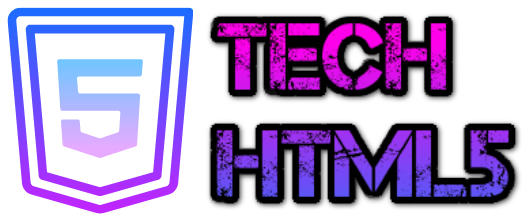Imagine an experienced doctor diagnosing a patient not by consulting a manual but by recalling a similar case from years ago. The doctor compares symptoms, recalls the treatment that worked, and adapts it to suit the new situation. This intuitive, memory-driven process mirrors Case-Based Reasoning (CBR) — a fascinating yet often underestimated branch of artificial intelligence (AI).
While modern AI is often associated with neural networks and deep learning, CBR works differently. Instead of learning abstract patterns, it leans on past experiences — a “memory bank” of solved problems — to approach new challenges with context and understanding.
The Human-Like Nature of CBR
At its core, CBR resembles human cognition. We don’t always solve problems from scratch; we learn from past experiences. If your car breaks down and you recall how you fixed a similar issue before, you are already engaging in a case-based reasoning process.
In AI, this concept translates to algorithms that store historical cases, compare them to current inputs, and propose solutions based on their closest matches. The process involves four steps often known as the “4Rs” — Retrieve, Reuse, Revise, and Retain. Each cycle improves the system’s knowledge, allowing it to handle complex, evolving problems more intelligently.
For learners looking to explore these intuitive, experience-based algorithms, an artificial intelligence course in Hyderabad offers a structured way to grasp how CBR differs from data-heavy models like deep learning while remaining highly relevant in real-world applications.
Applications: Where Memory Meets Machine
CBR’s strength lies in fields that benefit from experience-driven problem-solving. In healthcare, for instance, systems can use CBR to assist doctors in diagnosing rare diseases by comparing new cases to previous patient records. In legal analytics, it helps match current disputes with similar historical cases to predict likely outcomes.
The customer support industry also uses this approach — chatbots and helpdesk systems retrieve solutions from a database of past interactions, ensuring consistency and accuracy in responses.
Even autonomous vehicles rely on case-based decision-making when encountering unusual road conditions that deviate from standard training data. In such cases, the system recalls similar past scenarios and adapts its behaviour accordingly.
Why CBR Still Matters in the Deep Learning Era
It’s easy to assume that deep learning, with its massive datasets and neural architectures, has overshadowed older AI paradigms. Yet, Case-Based Reasoning offers something neural networks struggle with — explainability.
Deep learning models often operate as black boxes, producing accurate yet opaque results. In contrast, CBR systems can clearly justify their decisions by referencing past cases. This transparency makes them valuable in industries where accountability is non-negotiable, such as law, healthcare, and finance.
Moreover, CBR thrives when data is limited — a scenario that frustrates most machine learning models. Instead of requiring thousands of examples, it leverages quality over quantity, focusing on meaningful historical cases to drive reasoning.
Challenges and Modern Revivals
Despite its elegance, CBR isn’t without challenges. Maintaining a large, high-quality case library is resource-intensive, and poor indexing can lead to inefficiency. Additionally, as the number of stored cases grows, retrieval speed can decrease.
However, recent innovations have revitalised CBR by integrating it with machine learning. Hybrid models now combine the intuitive reasoning of CBR with the pattern recognition capabilities of deep learning. This blend enables systems to “learn from experience” while also generalising from broader datasets.
Professionals studying through an artificial intelligence course in Hyderabad can explore these hybrid architectures firsthand, learning how traditional AI paradigms like CBR are being reimagined for modern contexts such as recommendation engines, medical diagnostics, and predictive maintenance.
Conclusion
Case-Based Reasoning serves as a reminder that not all intelligence requires starting from scratch. Sometimes, wisdom lies in remembering — in learning from what has already worked.
As organisations increasingly seek explainable and adaptable AI systems, the principles of CBR are finding their way back into the spotlight. This resurgence shows that progress in AI isn’t always about discarding the old but often about rediscovering its hidden potential.
For those eager to explore beyond mainstream AI methods, understanding and applying CBR can be a transformative experience. It bridges memory, logic, and adaptability — echoing the very essence of how humans think and how AI can truly emulate us.





